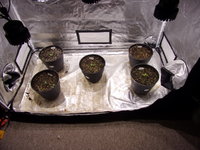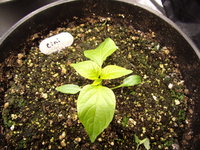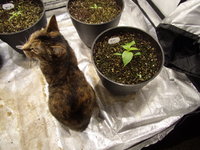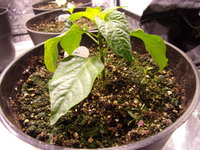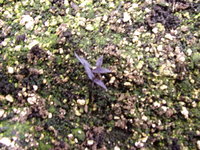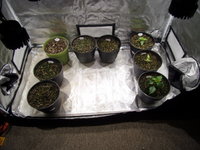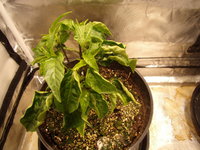SlowMovingWaters
Yamadori
Lately I've been reading about Bonchi (Bonsai Peppers/Chilli) wondering if I could grow them indoors under artificial light. After much research it is advisable to grow the plant to full size outdoors then cut down and bring indoors. Much like bonsai are field grown, they are grown to size outdoors. Since it is fall/winter here in Maine I have started them indoor in 10" pots. Most are already sprouted and some are still in the mail.
This thread will be a place I can journal the progress of these Bonchi.
To start this thread here is a picture of the biggest one so far (Banana Pepper) and an overview. Sorry for the hard water stains in the tent I'll be cleaning it soon.
I hope you enjoy
This thread will be a place I can journal the progress of these Bonchi.
To start this thread here is a picture of the biggest one so far (Banana Pepper) and an overview. Sorry for the hard water stains in the tent I'll be cleaning it soon.
I hope you enjoy


